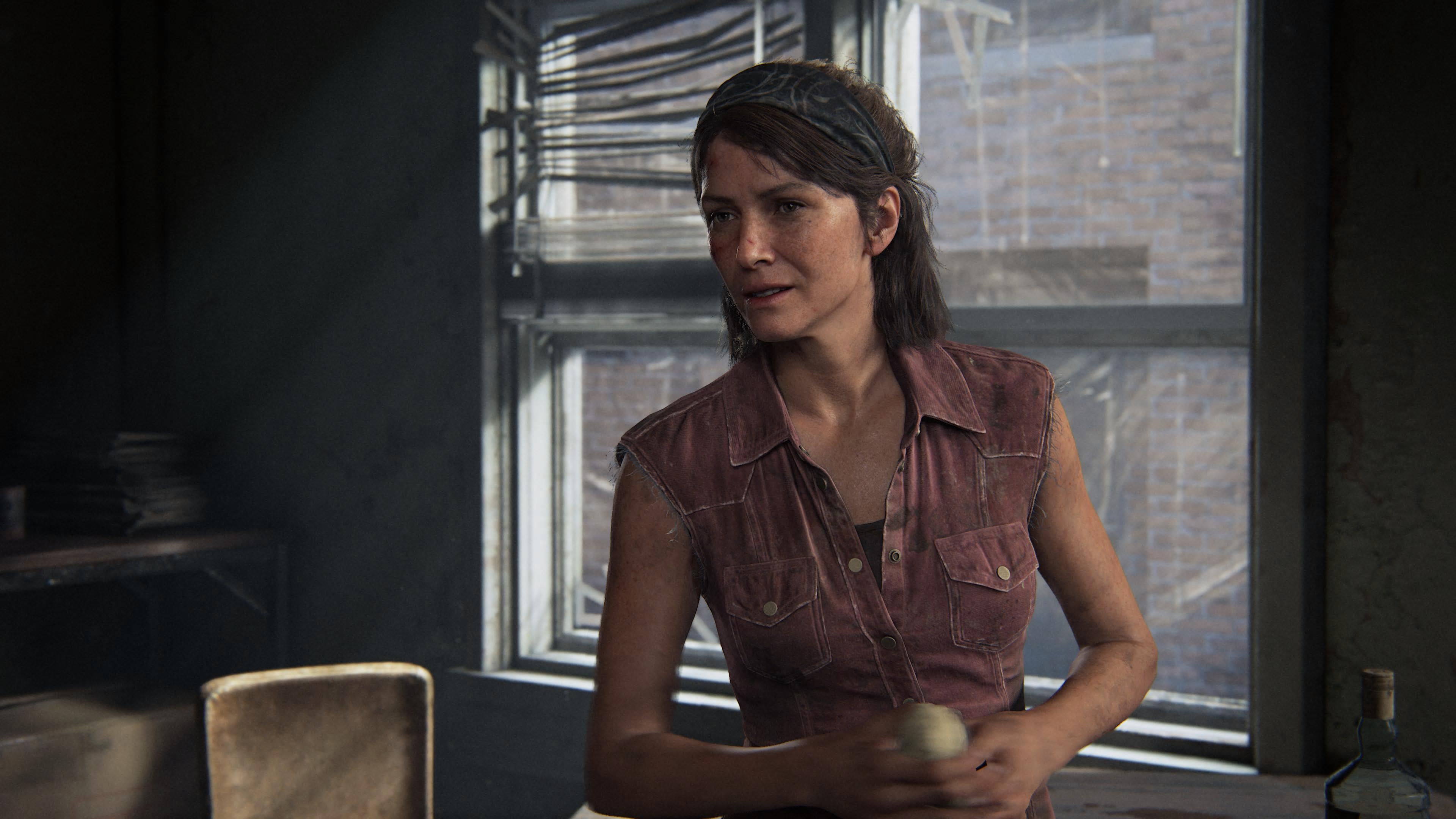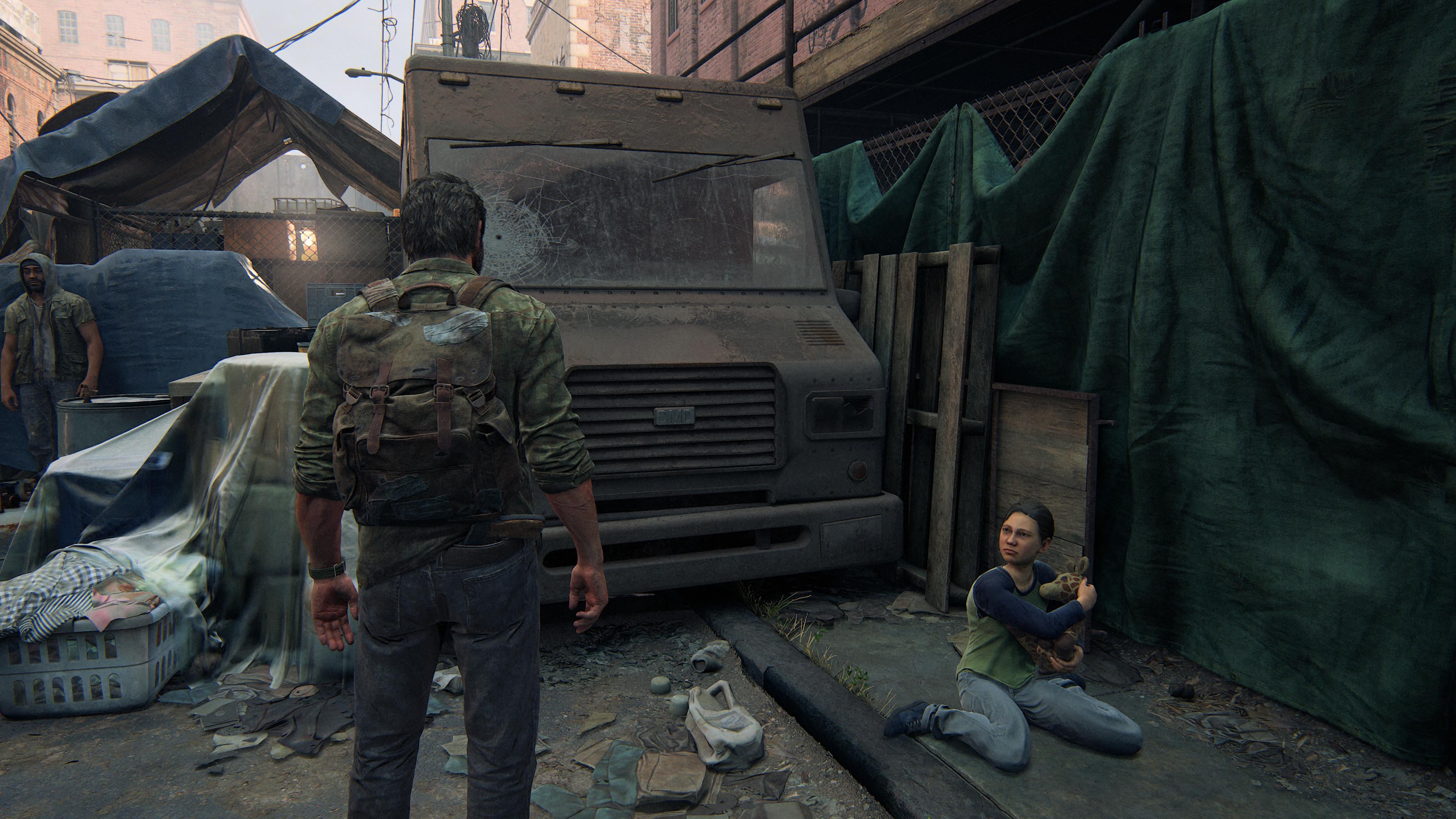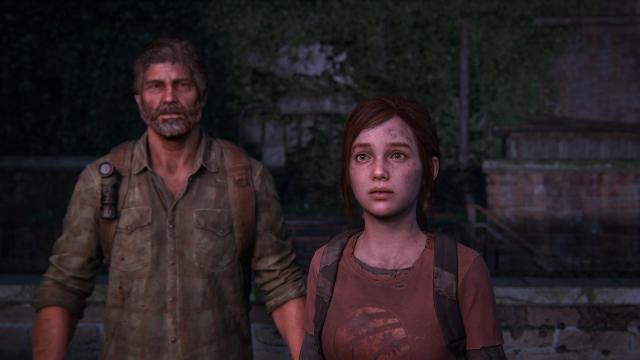Taylor Swift drumming up hype for a new record. Politicians trading barbs in the run-up to midterm elections. People debating the merits of The Last of Us. Ah, 2014. How nice to see you again. It’s been a while.
Of course, the conversation today isn’t about the original Last of Us. It’s about the remake. Naughty Dog’s survival horror hit made plenty of waves when it launched for PlayStation 3 in 2013, and again when it was remastered for PlayStation 4 the following year. (It’s also perhaps most singularly responsible for kickstarting the oft-teased “dad game” subgenre.) Now, the studio is releasing a total from-the-ground-up remake for PlayStation 5. It’s out tomorrow.
Called The Last of Us Part I, this remake is meant to bring the 2013 original up to the lofty graphical benchmark set by its 2020 sequel, The Last of Us Part II. Visually, yes, The Last of Us Part I does exactly that. But that’s all it does. This is functionally the same game you played in 2013, and 2014, and, if you owned a PS5 and subscribed to PS Plus, in 2020 too, when the first remaster was released to players at no extra cost as part of the PS Plus Collection. It’s like Skyrim, just without the Thomas the Tank Engine mods.
It’s not lost on me that, within a year, we’ll be closer to when The Last of Us takes place than to when it first came out. Set in 2033, the game imagines a version of America beset by a mushroom virus that turns everyone into flesh-eating monsters. (Terrifyingly, the disease is based on a very real fungus.) You play as a gruff bearded dude named Joel, and accompany a 14-year-old girl named Ellie, who may hold the key to unlocking a cure to the virus, on a treacherous, cross-country journey. The story, told over four chapters, is about the growth of their relationship. It’s a road trip, and a bonding adventure, and a redemption story (Joel’s birth daughter is murdered in the prologue, set in 2013), all wrapped in the high-stakes guise of a world-saving mission.
The Last of Us Part I has received glowing praise from across the gameosphere. It’s currently sitting at an impressive 89 on review aggregation site Metacritic, making it not just one of the highest-rated games of the year but also one of the highest-rated games in the PS5 library. You needn’t look far to find critics saying it’s the “best” way to play The Last of Us. On the other hand, though, you’ll find folks wondering why a game that already looked pretty damn good needed the remake treatment at all. (Some have gone so far as to spuriously float the unsubstantiated notion that it exists purely as long-tail marketing for the forthcoming HBO TV adaptation.)

Based on what I’ve played so far, both sides have some points. The Last of Us Part I is a technologically impressive but ultimately unnecessary remake. I fail to see how widening the wrinkles on Joel’s face significantly improves upon what made the original such an instant classic.
For context, at least to those familiar with the game’s plot beats, I’m about four hours in. Last night, I wrapped up the levels set in Boston and made my way into Bill’s second safehouse. I needn’t really play more to know where I stand here. I’ve done this before, like, a dozen times.
To be clear, I love this game. I’m squarely among the crowd of folks who consider The Last of Us a permanent fixture of the pantheon, a genuinely transcendent masterpiece. And Part I does build on that in tangible ways. There’s a truly mind-blowing array of accessibility options that weren’t present in the original run, many of which lower the barrier to entry for playing a game that can be mechanically fraught. Naughty Dog also made use of the PS5 controller’s advanced haptics for neat features, like the option to have the controller vibrate in tandem with the cadence of character dialogue. The graphical improvements are evident, as evidenced by Digital Foundry’s thorough assessment.
Yeah yeah, cool cool cool. I’ve still just been playing The Last of Us (2013/2014).

Really, so much of this is the same exact game, from the clunky shooting to the ridiculously overpowered brick item to the enemies who can stare you in the face but fail to register your presence because you’re technically behind a wall. Ellie can stroll directly into the sightline of an infected and fail to set off its otherwise trip-wired senses, so long as you’ve kept Joel hidden. Naughty Dog even appears to have retained the exact same solutions to all of the optional puzzles — an exceedingly minor nitpick that only serves to reinforce the notion that this is all well-trod ground. (If you’re stumped on finding a code to a hidden safe, you can rest assured that the solution exists on Google somewhere, having been published by a studious guides writer nine years ago.) Coming off the The Last of Us Part II, which is mechanically more in depth than its predecessor in every way, these limitations are put into stark relief.
Playing Part I has made me seriously reconsider the art of the re-release: What games deserve a total redux? What’s the benchmark for a remake versus just a slickly produced remaster? I know in my head that, definitionally, a remake is essentially a new game built from scratch or close to it, whereas a remaster is more or less a spruced-up version of an existing game (to put both of those phrases in the broadest possible terms). But does dictionary dot com matter when the only thing you actually have in your hands is the end result?
To me, The Last of Us Part I looks like a remake, but it sure as hell does not feel like one. Think: Less Demon’s Souls or Final Fantasy VII Remake, more Halo 2 Anniversary. The first two were built from scratch, and reimagined their source material, to varying degrees. The third was the same vehicle with a shinier coat of paint; prettier, sure, but you could still feel its decade-old bones underneath. The Last of Us Part I is far closer to the latter, except without a handy button that allows you to swap between original visuals and the modernised respray.
It is undoubtedly lovely to gawk at the photorealism on display here — to catch the bright light of a high noon sun glinting off the surface of a waterlogged Beacon Street, or to see the world-weary resignation of a partner who knows their time has come. Naughty Dog has long staked its pedigree on hyper-realistic visuals; The Last of Us, in its many incarnations, is included in that oeuvre.

But the game is and has never been strictly about winning the fidelity arms race. It’s always been about the narrative: the search for glimmers of hope in a world that has none, and about the lengths to which some people will go to hold onto their piece of the future, everyone else be damned. It’s fraught, and messy, and tough to grapple with, and interesting in a way few games were at the time. In 2013, The Last of Us was already visually stunning enough and, more importantly, human enough to draw players into the inner lives of its complicated characters, to stir a wave of voyeuristic emotion with a subtle expression passing across Ellie’s face. It still works now, but only because it worked back then too.
The whole calculus behind Part I is wrapped in the gooey paper of its price sticker. We don’t typically discuss such matters at Kotaku, but I do think Part I merits an exception: It’s among a slew of current-gen games setting the new baseline at $US70 ($97), up from the previous standard of $US60 ($83). That’s no small ask for folks who already partake in a relatively expensive hobby. Were I in a similar position as Polygon’s Nicole Carpenter, who had not played the game prior to this year, yes, The Last of Us Part I is unequivocally the manner in which I’d prefer to play it. Coming from the perspective of someone who’s run through this game more than a dozen times, had I paid $US70 ($97) here, I’ll be honest, I’d probably feel a little burned, like I’d bought a pair of shoes I already owned. (Sony provided Kotaku with a PS5 code for The Last of Us Part I ahead of tomorrow’s release.)
Anyway, let’s do this all again in ten years, when Naughty Dog releases The Last of Us Part I Remake Remastered Reloaded — y’know, if the IRL clickers haven’t devoured us all by then.

Leave a Reply